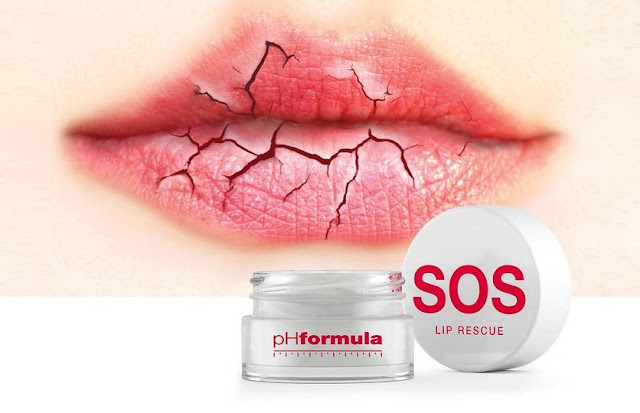Plastic surgery, dermatology, dental, weight loss, wrinkle injections, laser, skin care https://twitter.com/lookgoodoptions
Wednesday, December 18, 2024
Tuesday, October 22, 2024
Wednesday, October 2, 2024
Saturday, September 28, 2024
Wrinkle Injections: Focus on Eyes: Did you know eye doctors use Botox ...
Monday, September 23, 2024
Thursday, September 19, 2024
Friday, August 23, 2024
Wrinkle Injections: The Evolution of Aesthetic Medicine ISBN: 97813984...
Sunday, July 21, 2024
Tuesday, July 16, 2024
Tuesday, July 9, 2024
Monday, June 24, 2024
Saturday, June 22, 2024
Wednesday, June 12, 2024
Thursday, June 6, 2024
Introduction of FUT hair transplantation
In 1992, Dr William Rassman started experimenting with (FUT) techniques to improve hair transplant technology to enable surgeons to perform hair transplants with large numbers of exceedingly small grafts in single surgeries. He studied at the Medical College of Virginia and later the University of Minnesota, doing a cardiovascular fellowship under Dr C.W. Lillehei, an American surgeon who pioneered open-heart surgery as well as numerous prostheses for cardiothoracic surgery.
In 1944, Alfred Blalock at Johns Hopkins University Hospital had begun successfully performing surgery on the great vessels around the heart to relieve the symptoms of tetralogy of Fallot, demonstrating that heart surgery could be possible. Lillehei participated in the first successful surgical repair of the heart on 2 September 1952. That historic operation, using hypothermia, was led by his long-time friend and colleague, F. John Lewis. Lillehei was a professor in the Department of Surgery at the University of Minnesota from 1951 to 1967.FUT: The first big advantage is that full head shaving is unnecessary, as only the donor and recipient areas require exposure. This means the rest of your scalp does not need to be touched and can be covered post-procedure with a baseball-type cap. In FUT, you will be left with a permanent scar, which will always be visible if you ever shave your head. With FUT, transplantation of hair in naturally occurring individual follicular units was established. In 1995, he published a paper with colleague Robert M. Bernstein, defining a new hair restoration technique. In their landmark publication, Follicular Transplantation, Bernstein and Rassman state that hair transplantation should be performed using only naturally occurring, individual follicular units. The paper introduces the term ‘Follicular Unit’ to the field and describes both the technique and planning needed to get the best long-term aesthetic results. SOURCE: Dr. Patrick Treacy
Wednesday, June 5, 2024
Monday, June 3, 2024
Friday, May 31, 2024
Wednesday, May 29, 2024
Tuesday, May 28, 2024
everydayliving®: 9 Makeup Products People Over 50 Should Be Wary Of
Wednesday, May 22, 2024
Thursday, May 16, 2024
SOS Lip Rescue
SOS Lip Rescue is a medical balm with multitasking ingredients that promotes accelerated healing and provides optimal comfort for dry, cracked, and sore lips. One of the main ingredients is shea butter, which helps to retain moisture in the skin. Recent studies have shown that shea butter has an anti-inflammatory effect. Bisabolol extracted from chamomile is known for its superior healing properties. Salicylic acid is mildly absorbed and contains antimicrobial properties. Retinyl palmitate, the palmitate form of vitamin A, is an essential skin nutrient that is necessary for healthy skin care and repair. Vitamin E is an excellent moisturizer with strong anti-inflammatory and wound healing properties. Menthol is an organic compound made of mint that has a refreshing effect and at the same time relieves itching, redness and sunburn.


































